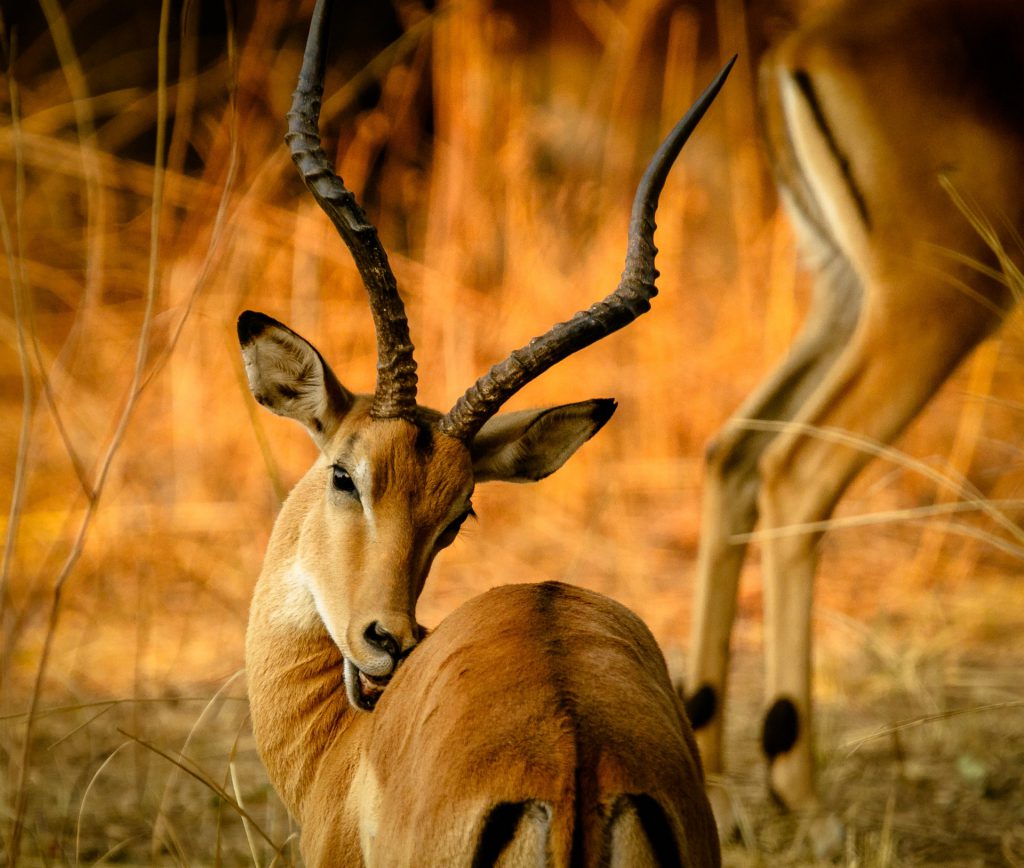Networking & Communication

What we are doing...
To Facilitate the formation of regional coordinated anti-poaching units across the existing and proposed conservancies.
In collaboration with the Kenya Wildlife Service, each conservancy will be required to coordinate and facilitate the recruitment and training 10 scouts. The scouts will be equipped with necessary items such as radio calls, 2 pairs of uniforms & army boots, a GPS, Binoculars, flashlights, sleeping bag and, a cameras. After the training each conservancy will strive to facilitate daily patrols and have their scouts man the conservancies through the two uniports provided per conservancy and mortobikes to help curb poaching activities and cross border bushmeat trade that targets giraffes and antelopes in this region.
Process
This will be through a synergistic effort between local scouts and Kenya Wildlife Service (KWS) rangers. This approach has been used successfully by the national government to recruit local police reservists and to boost security in the bandit-prone areas of Kenya, including the current study area (Lotter & Clark 2014). Substantial amount of the funding will be used to establish the local scout teams through training and employment in all the conservancies. The Hirola Conservation Programme is a similar project based in Garissa County in Kenya and has 30 rangers in three key hirola areas.
The rangers program has seen a significant reduction in the poaching of elephants and other species in the area since its implementation in the area. In collaboration with KWS, we will train the recruited scouts on bush skills, survival tactics, security drills, community liaison duties, and data collection techniques to help monitor elephant, giraffe, and other wildlife herds and species and help reduce poaching in the study region. The scouts will carry out anti-poaching patrols on a daily basis throughout the large swathes of open rangelands across the Kenya-Somalia border.

The Process...
Once the process of acquiring land for conservation is officially over, we will seek to develop basic infrastructure in each protected are to ensure they are up and running.
We will develop basic infrastructure and facilities such as access roads, offices, stores and residentials. Other facilities will include communication towers and equipment.. Each conservancy ought to have a main office (permanent building) and at least two outposts depending on the size of the conservancy. As such, each conservancy will need at least two uniports, one off-road vehicle and two dirt bikes (motorcycles) to connect the outposts for a better patrol, each ranger will need a radio calls (Walkie talkie) to facilitate communication.
For the first three months, we will hold a weeklong Workshop to train the individuals recruited to manage the conservation areas each month. After which they will be monitored on-site and have monthly meetings for the next six months to poise them for management challenges.
Super Efficient
Lorem ipsum dolor sit amet, consectetur adipiscing elit. Ut elit tellus.
Deeply Commited
Lorem ipsum dolor sit amet, consectetur adipiscing elit. Ut elit tellus.
Highly Skilled
Lorem ipsum dolor sit amet, consectetur adipiscing elit. Ut elit tellus.